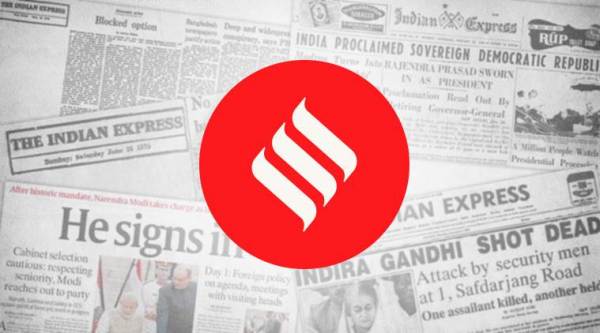
The Reserve Bank of India’s monetary policy committee, on Thursday, did the sensible thing — lowering the central bank’s overnight lending or “repo” rate from 6.25 to 6 per cent. This is the second successive rate reduction in the present RBI governor, Shaktikanta Das’s, tenure. In its last February review, the MPC had both cut the repo rate by 25 basis points and also changed its policy stance from “calibrated tightening” to “neutral”. The economic rationale for this monetary dovishness — relative to the approach of the previous governor — is sound. The monetary policy stance of the US Federal Reserve and other major central banks has turned distinctly dovish in recent times, following a loss of momentum in global economic growth.
The RBI cannot afford to be different, especially when year-on-year consumer price index (CPI) inflation is currently just 2.6 per cent and the MPC has itself revised downwards its projection for April-September to 2.9-3 per cent, from the 3.2-3.4 per cent range in February. Even after the latest cut, the real repo rate for India — six per cent minus 3 per cent CPI inflation — would still probably be the highest in the world. The real interest rates are even higher if one were to take the one-year marginal cost of the funds-based rate of 8.55 per cent being charged by the State Bank of India to its best borrowers. That being said, the MPC has very rightly not gone in for a sharper lowering of rates now. The headline CPI inflation is, no doubt, well below the RBI’s target of 4 per cent. However, “core” inflation, which excludes food and fuel, for February, was 5.4 per cent. That, plus global weather agencies forecasting an El Nino event that can potentially impact the upcoming southwest monsoon rains, is reason for not going overboard.
Besides, there is reason to be worried about the poor “transmission” of the RBI’s monetary policy actions. Why are actual lending rates by banks not coming down even after the RBI’s changed monetary policy stance and falling inflation? What is the guarantee that even if the MPC were to cut the repo rate by 50 basis points, banks will respond accordingly? Given this reality, the RBI would do better to focus on liquidity than policy rates. During the fiscal just ended, the central bank injected liquidity close to Rs 3,00,000 crore through its open market operations. It has injected another Rs 35,000 crore through a three-year dollar-rupee buy-sell swap and plans to conduct another such auction later this month. Hopefully, these liquidity infusion measures would create conducive conditions for effective transmission of repo rate cuts, current and prospective. In any case, the onus for reviving investments and economic activity would rest more with the government that takes over in two months from now. A commitment to macroeconomic stability and supply-side economic reforms is something that will help set the stage for further monetary loosening and rate cuts by the RBI. The Indian economy can do with a bit of monetary stimulus, which is, however, also conditional upon fiscal responsibility.